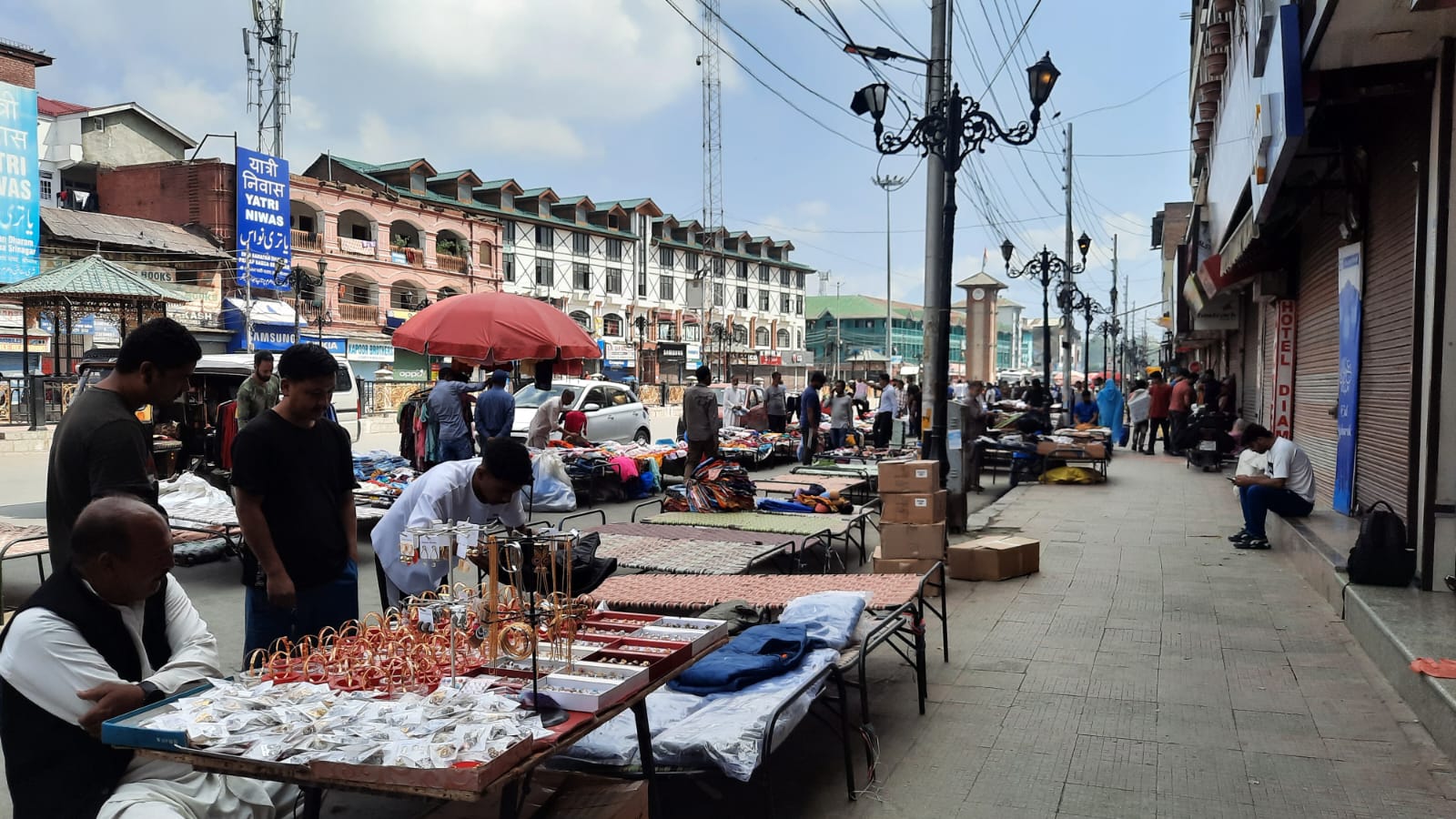In his paper published in the Economic and Political Weekly in October 2007 titled “Social Exclusion, Resistance and Deras: Exploring the myth of Casteless Sikh Society in Punjab”, Ronki Ram, professor of Political Science in Panjab University, concludes by distinguishing social exclusion in Punjab from the brahmanical caste hierarchy practised elsewhere in India. He writes, “The Dalit Sikhs find that they are still considered as ‘other’. The domination of Jat Sikhs, however, does not compare at all with the graded system of brahminical caste hierarchy. They became dominant because of their ‘patient vigorous labour’ as cultivator par excellence, caste homogeneity, martial status, control over the land, numerical preponderance in the Sikh community, and their hold over the power structures in the state. Dalits, equally sturdy and hard-working as well as numerically quite close to the proportion of the jat Sikhs in the state, continue to face social exclusion in spite of their conversion to Sikhism and relative improvement in their economic conditions.”
Related Articles
The plight of Dalits, Adivasis and OBCs in Kashmir
Ram Avatar says that after the revocation of Articles 370 and 35A, people are reluctant to rent out their land for fear that the...
Ali Anwar writes to opposition parties: ‘Pasmandas are not just a vote bank’
‘The motive in explaining the present situation is to help the opposition understand its responsibility. It’s not only a matter of upliftment of the...
Union government’s public grievances redressal: Claim vs reality
Information obtained under the RTI Act 2005 not only refutes the claims made by the department concerned in advertisements but also shows how window...





